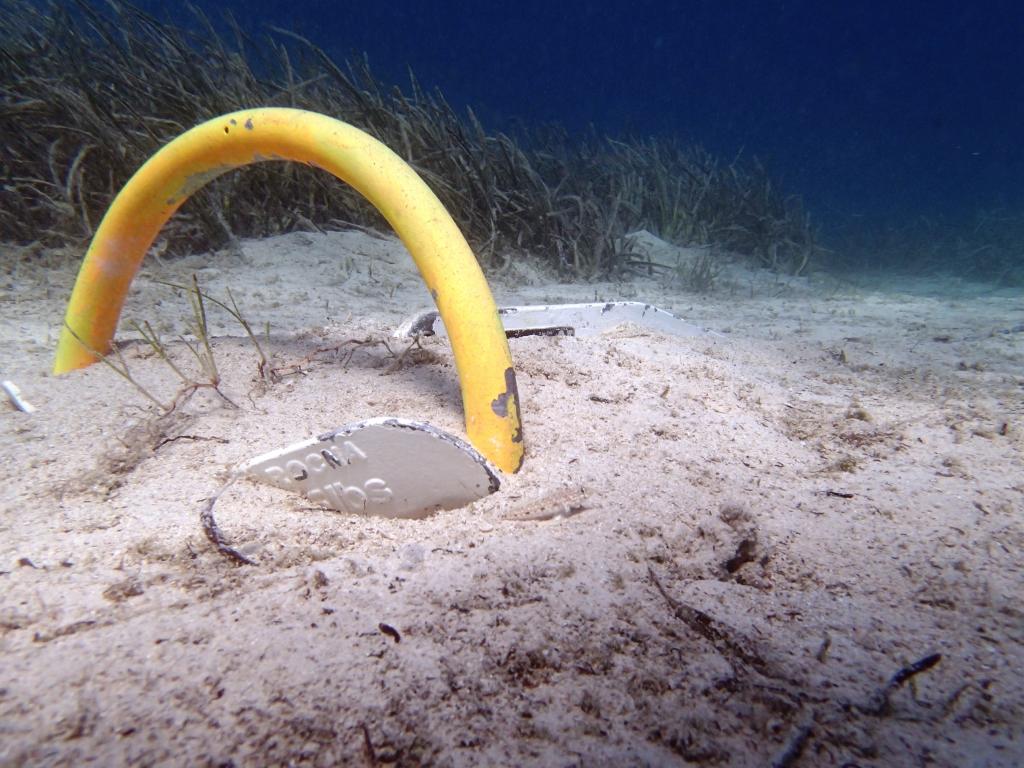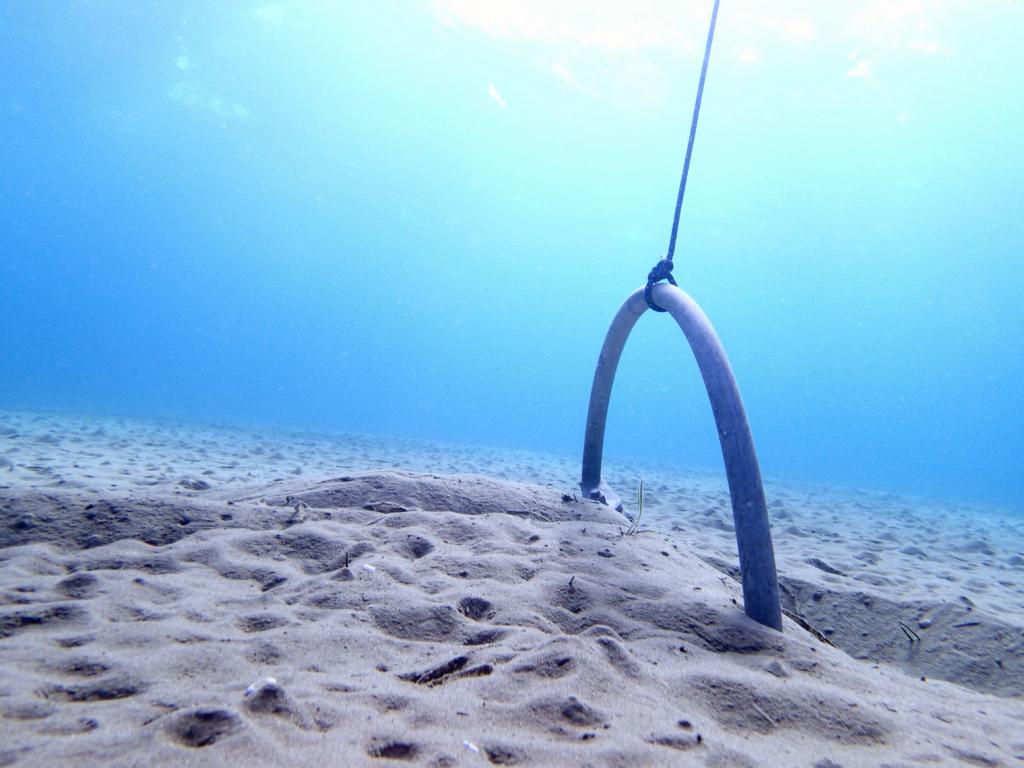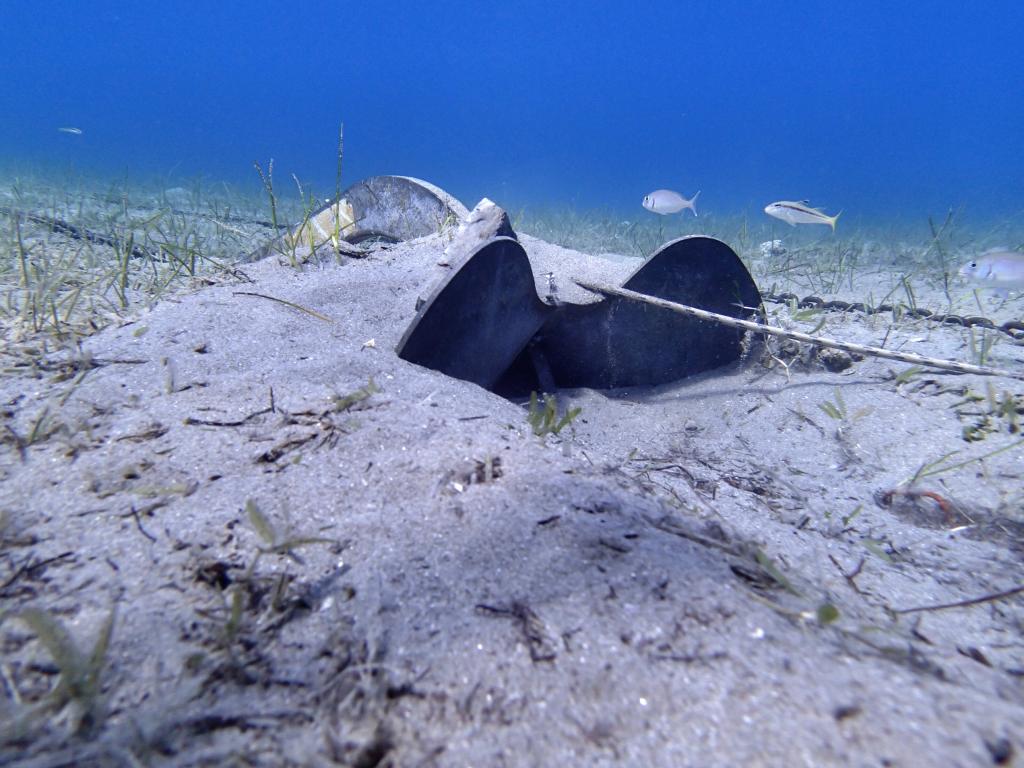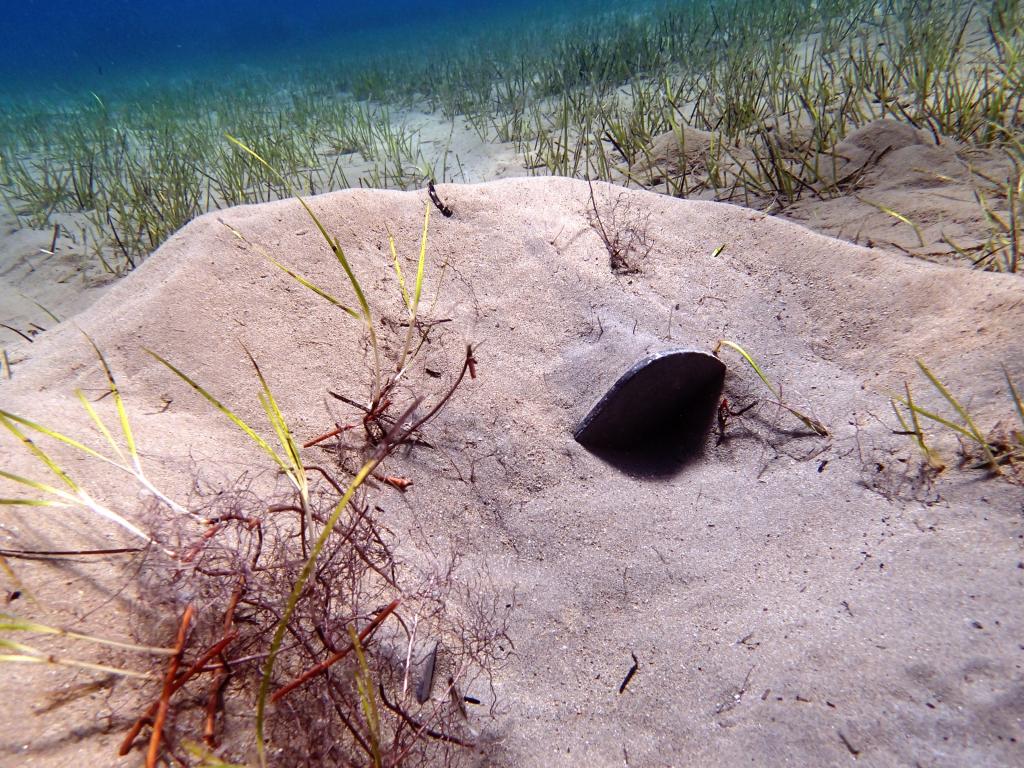Who says the Fortress is a deep diving anchor? I'm not convinced it is unless it's very slimy mud and then even a Navy anchor would probably be a diver.
Does anyone care to say what anchor IS a diver? The Bugel or/and Supreme would probably go deep if they didn't have the roll bar ... but they do. My Supreme will be w/o the RB (most of it) but how would I know how deep it went into the seabed?
Carl wrote;
"hoop isn't your best choice because its ultimate holding will not be as great as a burying anchor."
Theoretically I agree but the anchor tests disagree taking the Fortress out of the picture .. but it's there. The shank and the stock are a great hindrance to penetration on Danforth types and so is the roll bar. With the CQR it's the huge hinged shank. The Claw perhaps shows the greatest promise of being a diver. IMO.
But maybe the the difference between a diver and a dozer is only about 2-3" ... depending on sea bottom. A good old Kedge would dive at least 20" in sand before it's stock put a stop to the dive.
I really don't think there is any divers. A deep diving anchor is probably only in our minds.
To 'see' and measure a diving anchor you need clear water into which you can either see or dive, safely - so that rules out much of Australia, unless you want to be shark bait. I tie a thin line to 'something' on the fluke with a float. I mark the line and I know how long the line is. As long as I can see the line and I pull it gently 'tight' I can measure how much of the line is under (or inside) the seabed.
Most modern anchors dive. Spade, Supreme, Excel etc (I'm not going to list them all!)
When setting. so after self righting, they lie on their side, toe is touching the seabed as is the shackle (or shank end). As load is applied the toe engages and almost immediately after the shackle end of the shank 'submerges' into the seabed. As load is continually applied the toe and shackle disappear (almost together) and the anchor starts to level out. It now depends on the seabed and load but if the seabed is, say soft sand, and the load sufficient then the whole lot disappears (it dives) until only the top (roughly centre) of the shank is still visible - but it is quite possible for the whole lot to disappear. It is quite possible for the highest part, that's the centre bit of the shank to become quite deep (depends on seabed and load).
Another way to measure is to mark your chain, for say the first 10'. As the shackles end is submerging it needs to pull the chain down at the same time - which is why thin chain can be advantageous (it has less surface area) (and why you cannot compare 2 anchors being tested if one has 5/16th chain and another 1/2 inch chain). But measure how much chain has disappeared and if you know the scope and depth you can do a bit of simple geometry and get an approximation on depth (thin line is better - the 2 together checks for 'errors').
On chain thickness, size. Think also that a swivel can be quite large, quite a large deterrent to diving (think of its diameter compared to the thickness of the shank of your anchor). Consequently an anchor with 1/2 inch chain and a big swivel will not dive as well as the same sized and same brand anchor with 5/16th inch G70 chain and no swivel.
You need to know that chain develops a 'reverse catenary' - so its not a straight line in the seabed (hence the errors). Once your anchor dives and the chain is developing this reverse catenary then scope is less critical as the angle of the reverse catenary at the shackle is the depth controlling factor.
At some point the anchor can no longer drag down the chain and it does not matter how much load you apply - it will not dive deeper (in that seabed). It then swims through the seabed (until it meets something foreign - it will then surface and drag). But if your anchor is larger enough you it will never swim.
There is an interesting question as to how much chain an anchor can drag down (as its the depth controlling factor - everything else being equal). But I have not got my head around it yet.
A Fortress works differently as the shackle end disappears last, but it also dives.
Deltas, CQR and Bruce dive - but they tend to be a bit less efficient and take a bit more time. CQRs as mentioned have difficulty diving as they have that enormous shank (and this is why shanks have become thinner and demanding use of HT steel to keep strength up but thinness minimised).
We commonly find that our anchors, after we have used them at anchor, are simply not visible (Excel, Spade). So our underwater images are pretty boring, just a chain disappearing into the sand!
A smaller anchor with a thinner chain will dive more deeply than a big anchor, with a bigger chain - for the same load. A smaller anchor with the same chain as the bigger anchor will dive more deeply - for the same load. A big anchor will dive more deeply than a smaller one of the same design, with the same chain (which will give it more hold) - but you need more load to get the bigger one to dive more deeply and utilise that potential. If you have a very big anchor (monster) you will never get it to dive sufficiently deep to allow it to reach that 'swim' point (and all you are doing is carrying excess weight). As an example - look at the Fortress tests, size was not critical - the same sized anchors dived differently. Shank angle is critical (it affects the reverse catenary). But in some cases - having a bigger anchor - it would not have helped - and the loads were not that great.
There is still much to learn.
Happy to clarify anything.
Jonathan











